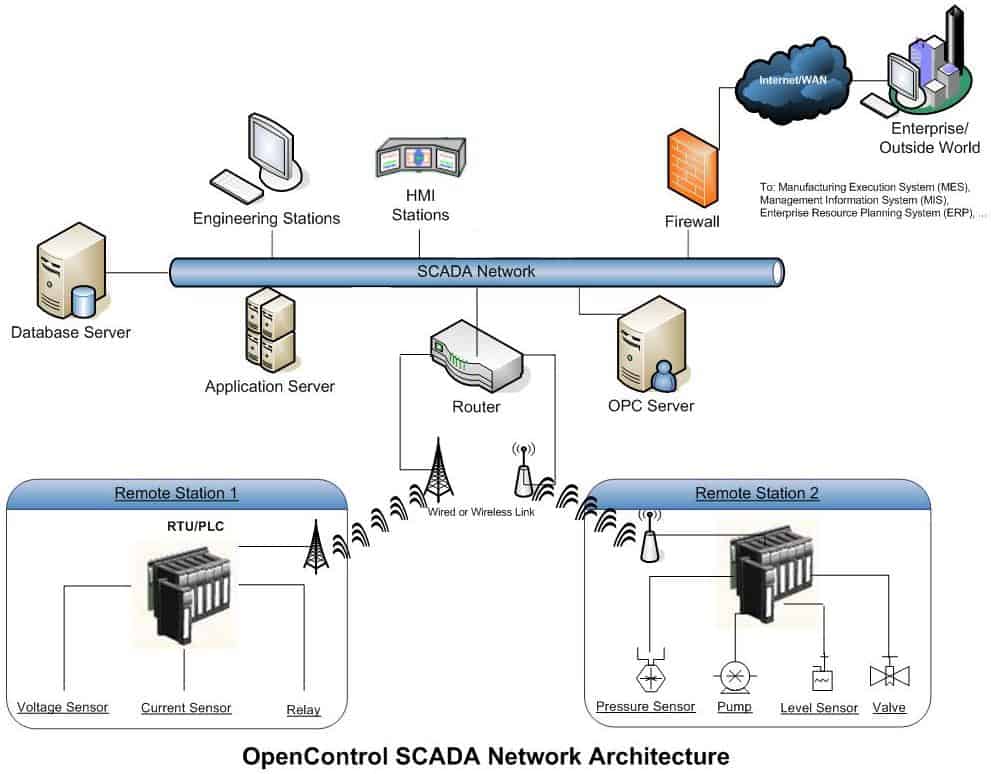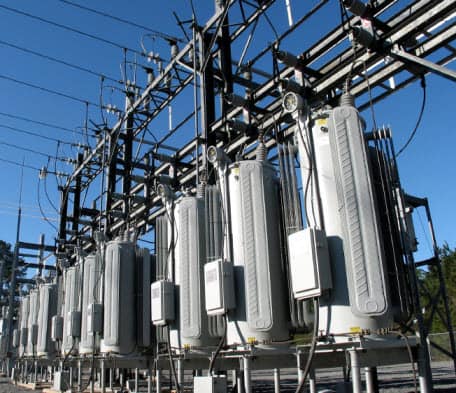Supervisory Control and Data Acquisition (SCADA) is one of the system for data acquisition, monitoring, and control systems covering large areas is It refers to the integration of telemetry and data acquisition. In a variety of industries, including power plants, oil and gas refining, water and waste management, telecommunications, and others, SCADA systems are primarily utilized for the implementation of a monitoring and control system for an equipment or plant. This system uses a number of remote terminal units to measure under field or process level in a plant. After that, the data are transferred to the SCADA central host computer so that more complete manufacturing or process information can be provided remotely. This system transmits the necessary control actions to the process plant's remote terminal units and displays the received data on a number of operator screens. The most important parts of the SCADA system are:
Remote Terminal Units (RTUs) :
RTU is the fundamental part in SCADA framework that has an immediate association with different sensors, meters and actuators related with a control climate. These RTUs are nothing more than real-time programmable logic controllers (PLCs). They are in charge of properly converting the information from the remote station into digital form so that the modem can transmit the data and also convert the signals that are received from the master unit so that actuators and switch boxes can control the process equipment.
Master Terminal Units (MTUs) :
The term Master Terminal Unit or SCADA center refers to a central host server or server. It speaks with a few RTUs by performing perusing and composing tasks during booked checking. Control, alarming, networking with other nodes, and other functions are also carried out by it.
Communications System :
Data is transferred between the field data interface devices and control units and the central host computer servers via the communication network. Cable, radio, telephone, satellite, and other similar transmission methods are options. or any of these in any order.
Operator Workstations :
These are the computer terminals that are connected to a central host computer via a network and use standard HMI (Human Machine Interface) software. These operator terminals are workstations that send information to the host client computer and request it in order to monitor and control the parameters of the remote field.

Automation of Electrical Distribution System :
Automated equipment takes the place of manual labor to carry out electrical distribution tasks and processes in distribution systems with modern SCADA systems. By providing features such as a real-time view of operations, data trending and logging, maintaining desired voltages, currents, and power factors, generating alarms, and so on, SCADA maximizes the efficiency of the power distribution system.


Advantages of Implementing SCADA systems in Electrical Distribution
- •Due to timely recognition of the faults equipment damage can be avoided
- •Reduce labor cost by proper operation of distribution equipment
- •Continuous control and monitoring of distribution network is to be performed from remote locations
- •Minimize the outage time by system wide monitoring, generating alarms, address problems quickly
- •Improves the voltage by VAR control and power factor correction.
- •Compare the view of the historian data in various ways
- •Reduces labor cost by reducing number of staffs required for meter reading